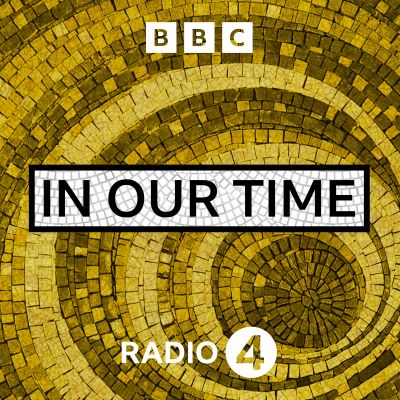Melvyn Bragg and guests discuss the ideas, people and events that have shaped our world.
http://www.bbc.co.uk/programmes/b006qykl
The Paleocene-Eocene Thermal Maximum (Summer Repeat)
In a programme first broadcast in 2017, Melvyn Bragg and guests discuss the high temperatures that marked the end of the Paleocene and start of the Eocene periods, about 50m years ago. Over c1000 years, global temperatures rose more than 5 C on average and stayed that way for c100,000 years more, with the surface of seas in the Arctic being as warm as those in the subtropics. There were widespread extinctions, changes in ocean currents, and there was much less oxygen in the sea depths. The rise has been attributed to an increase of carbon dioxide and methane in the atmosphere, though it is not yet known conclusively what the source of those gases was. One theory is that a rise in carbon dioxide, perhaps from volcanoes, warmed up the globe enough for warm water to reach the bottom of the oceans and so release methane from frozen crystals in the sea bed. The higher the temperature rose and the longer the water was warm, the more methane was released. Scientists have been studying a range of sources from this long period, from ice samples to fossils, to try to understand more about possible causes. With Dame Jane Francis Professor of Palaeoclimatology at the British Antarctic Survey Mark Maslin Professor of Palaeoclimatology at University College London And Tracy Aze Lecturer in Marine Micropaleontology at the University of Leeds Producer: Simon Tillotson.
